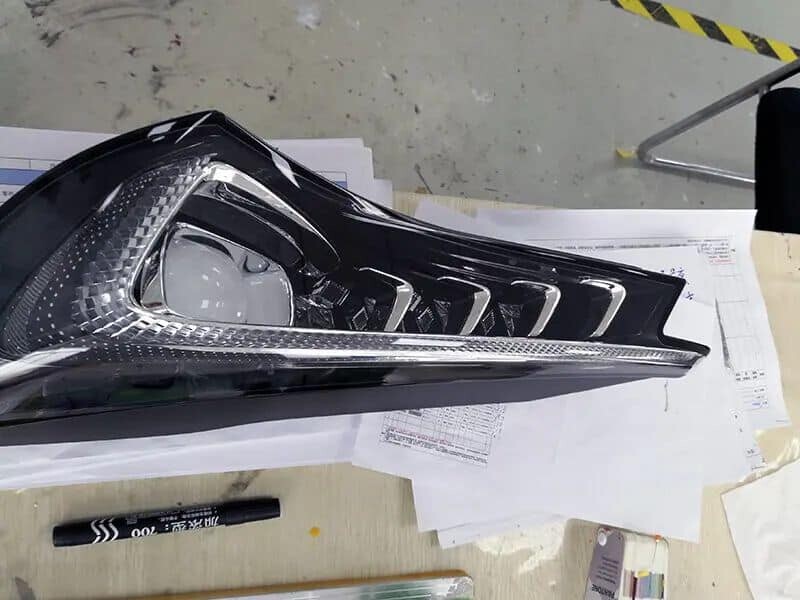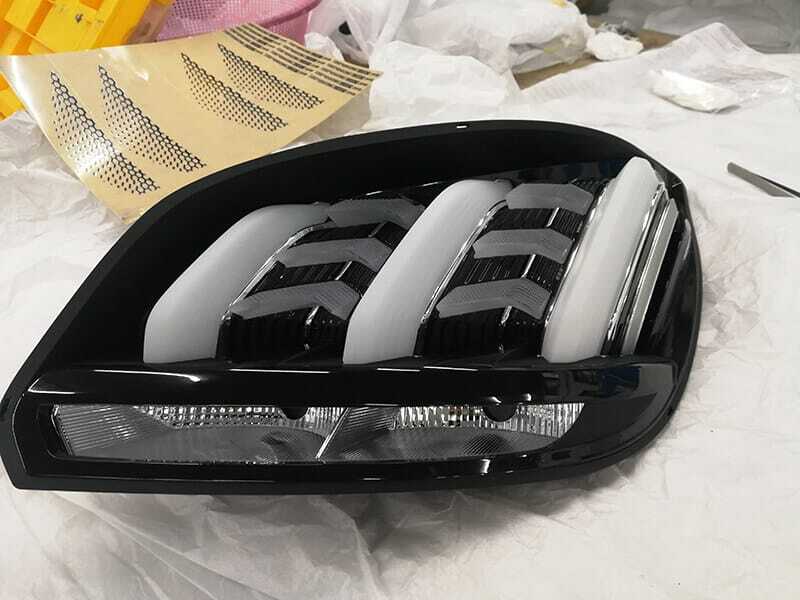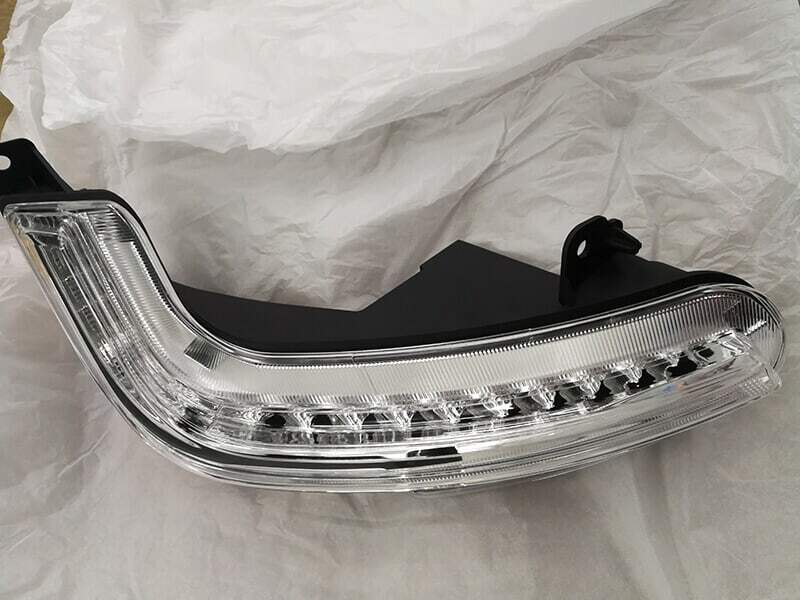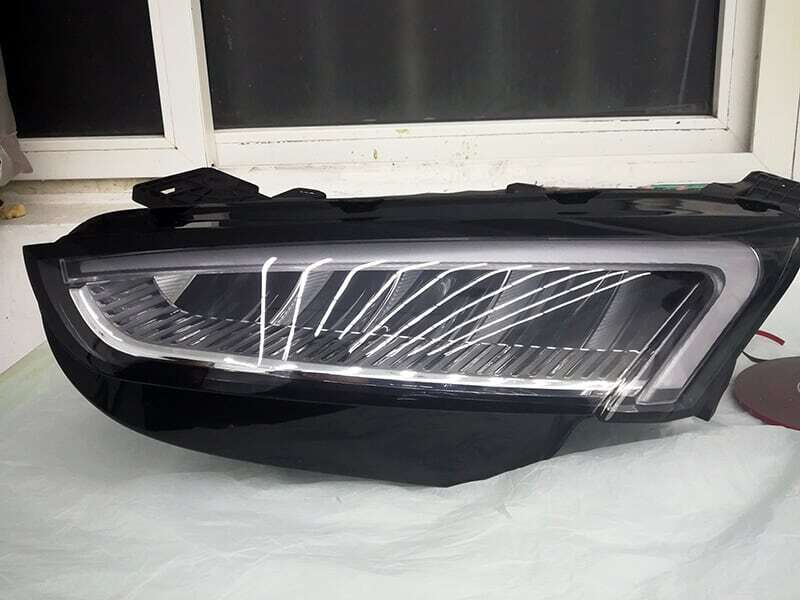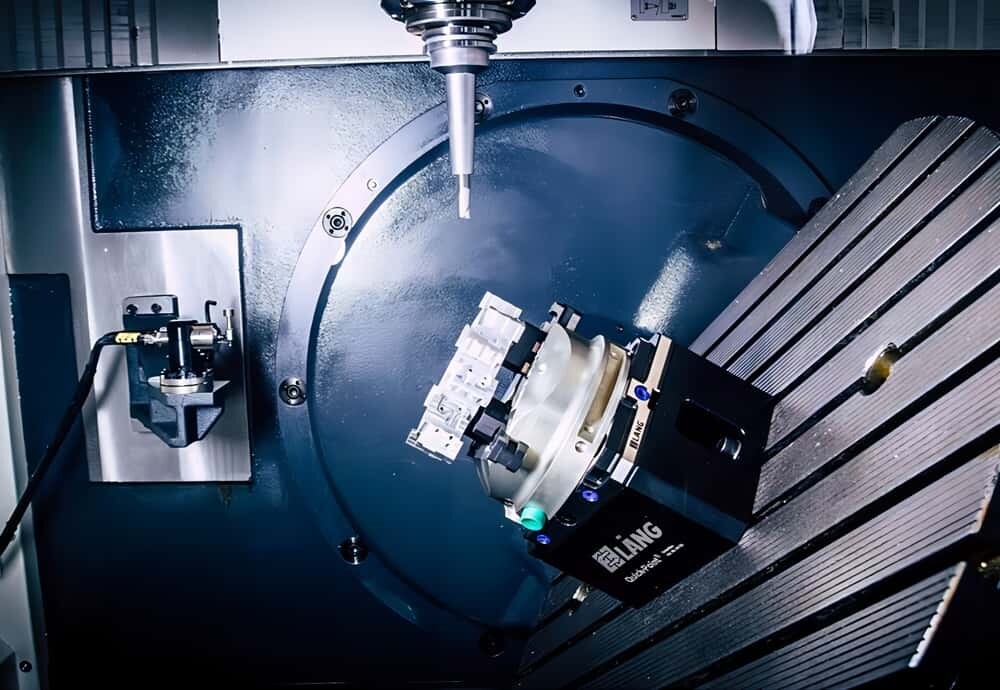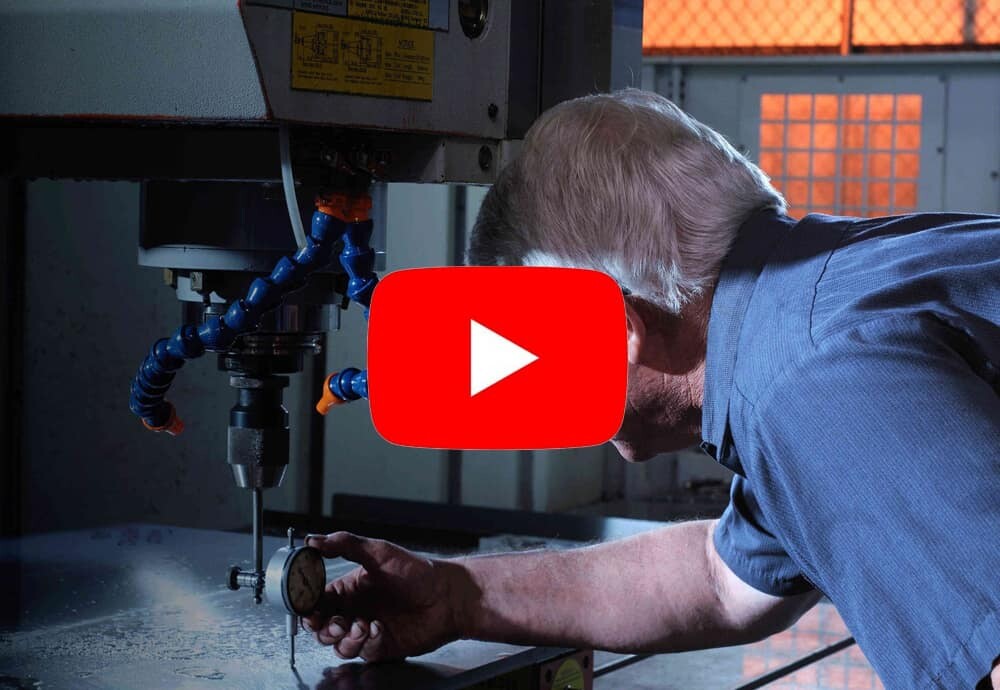Optical Prototyping
AN-Prototype offers cost-effective CNC milling service whether you need a single part, batch of prototypes, or mass production order.
- ISO 9001:2015, ISO 13485 Certified.
- More than 160 Certified Materials
- Tolerances Up to ± 0.005mm
- 100% Quality Guaranteed.
- Global Delivery
A Leader in Optical Prototyping
AN-Prototype offers a range of custom clear optical prototyping solutions to meet all your requirements including diamond CNC turning, 5-axis micro milling,CNC machining, vacuum casting and rapid injection molding technologies. Fabrication of transparent and optical prototypes mainly refers to the fabrication of transparent acrylic (PMMA) and polycarbonate (PC) parts or assemblies. Most optical prototypes require mirror-clear effects, for example, automotive lighting, light guide components, displays, etc.
Supports Any Complexity Optical Prototyping Projects
During optical prototyping, we fully understand the clear plastic parts you need and understand the plastic expertise required for flawless processing. The ultra-high polishing technology mastered by AN-Prototype can achieve optically clear surface treatment on plastic parts. AN-Prototype employs skilled craftsmen with years of experience in this highly specialized process. Our excellent and flexible process skills enable us to fully support clear optical prototype projects.
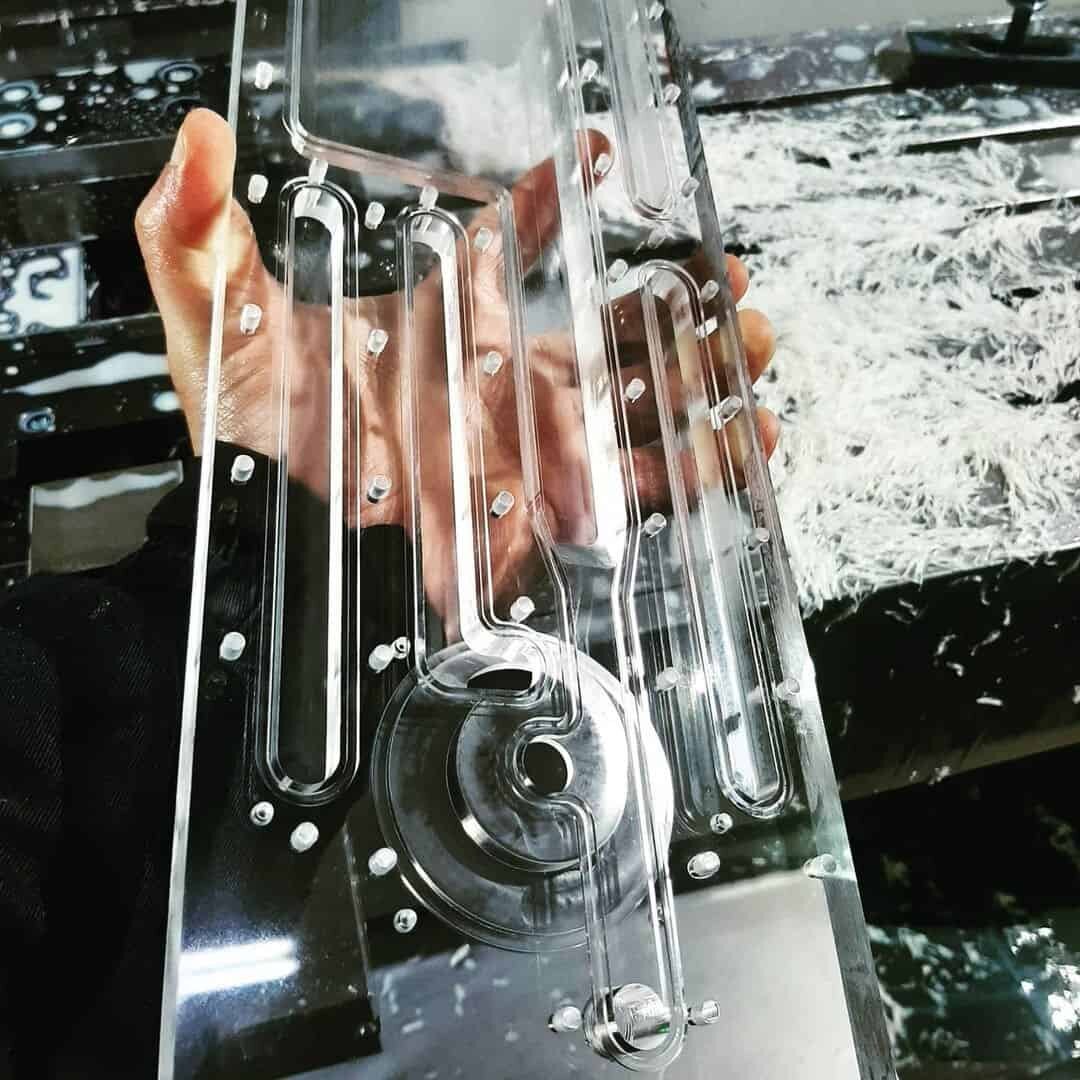
Two Commonly Used Optical Prototyping Materials
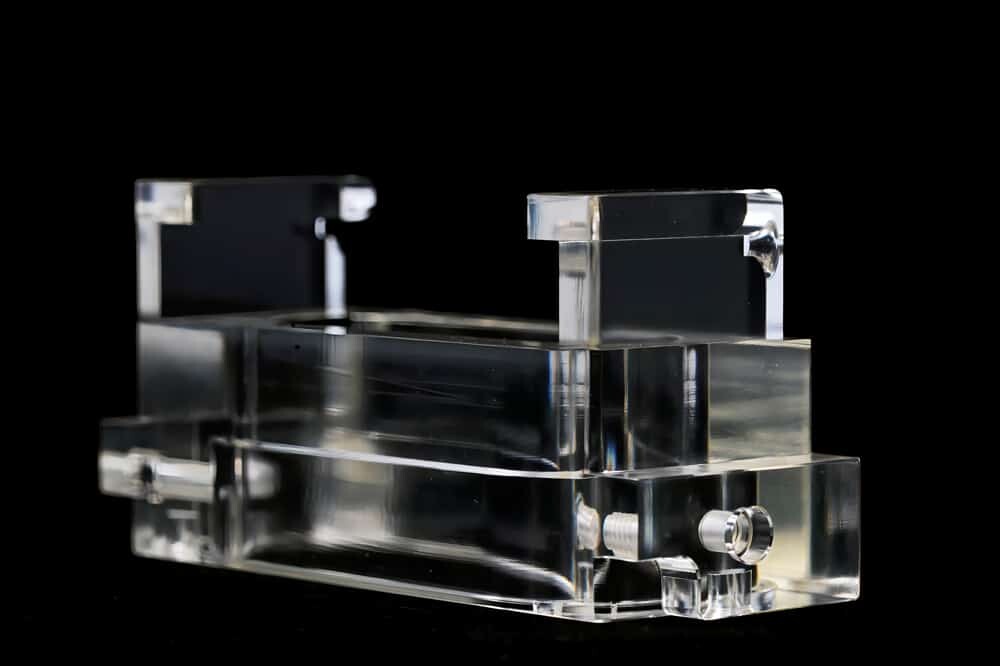
Acrylic (PMMA)
Acrylic (PMMA) is one of the most popular CNC machined transparent optical plastic materials, and the best surface finish can be achieved through precision 5-axis CNC milling. Polished acrylic optical prototypes can exhibit the best clarity and light transmission. As a professional rapid optical prototyping manufacturer, we have advanced and excellent technology in manufacturing PMMA optical components, exceeding customer expectations.
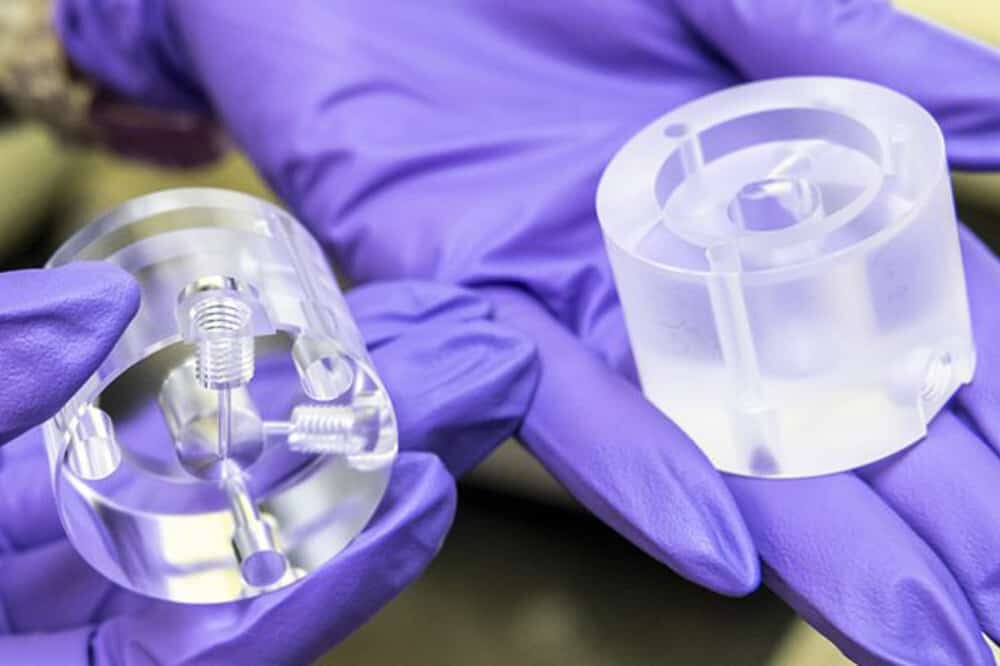
Polycarbonate (PC)
Polycarbonate (PC) is another plastic used for CNC precision machining of transparent optical prototypes. It is less transparent than PMMA, but significantly stronger than acrylic. One manufacturing technique for PC optical parts is steam polishing, which can significantly improve the internal and external surface finish and clarity of the part.
Techniques for Optical Prototyping
Diamond Turning Process
The diamond turning process is a process for manufacturing ultra-precision parts for various applications requiring high precision and smooth finishing. The diamond turning process is similar to the usual turning process. The only difference is that it uses diamond cutting tools in the machining process. In addition, diamond cutting tools usually have only one tip. Therefore, a process involving a diamond-tipped cutting tool, or any single-point tool, is called single-point diamond turning.
Within diamond turning process the plastic lens will be pre-machined out of a plastic block by CNC machines and the final cut is done by a natural diamond cutting tool resulting in optical surfaces with a form accuracy in sub-micron area and surface roughness values of a few nanometers.
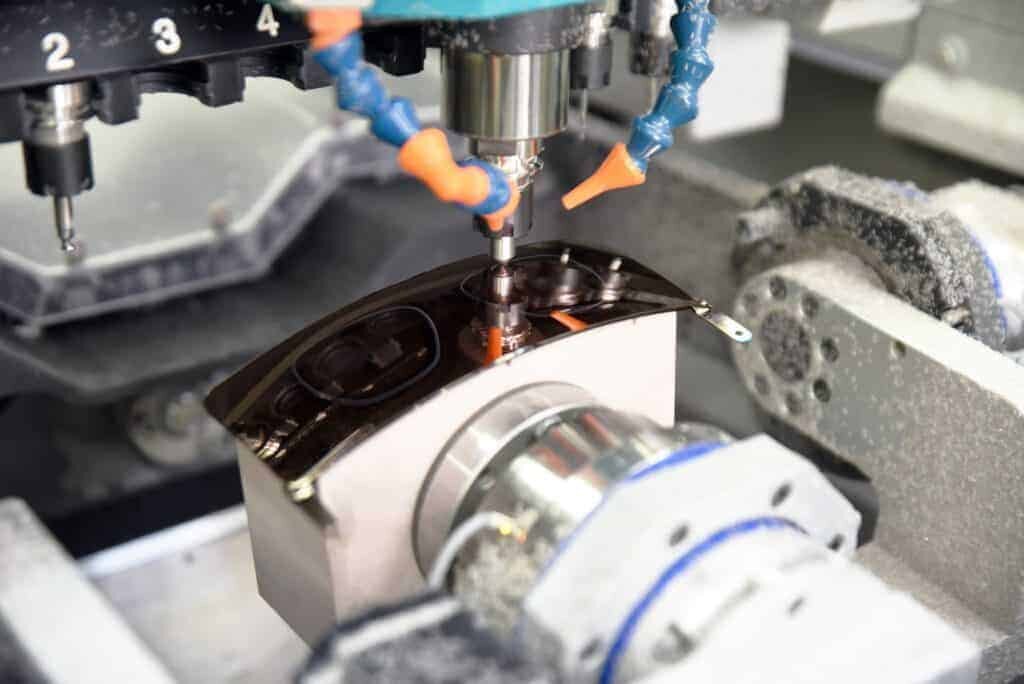
Precision CNC Machining For Optical Prototypes
AN-Prototype continuously invests in CNC machining equipment and cutting tools, always maintains the highest quality processed transparent parts in the industry, and is able to manufacture various complex shapes of optical components as required. AN-Prototype’s precision CNC plastic machining technology, combined with the processing capabilities of 3-axis, 4-axis, and 5-axis CNC milling machines, develops the ability of diamond CNC machining to achieve ultra-precision manufacturing. This technique, known as Single Point Diamond Machining (SPDM or SPDT), combined with the capabilities of 5-axis micro-milling, can provide excellent surface quality for transparent optical parts. The machining radius of optical parts details will not exceed R0.005″ (R0.125mm), and the surface tolerance of machined optical parts will be +/-0.001″ (+/-0.025mm).
Polishing
Polishing can help achieve the best transparency and light transmission for all transparent prototypes. Taking PMMA as an example, CNC machined acrylic (PMMA) parts already achieve a good machined finish, but it is difficult to achieve high definition. This requires polishing technology. Polishing PMMA is quite difficult because acrylic is a stress sensitive and rather brittle plastic. Manual polishing is required in steps of different grades combined with sandpaper and polishing paste to achieve a high quality finish and optical clarity.
Specific method: use 400# or 600# sandpaper to polish the surface, remove the knife marks on the surface, then gradually increase the grade of sandpaper to 800#-1000#-1500#, and finally use 2000# sandpaper to polish, the polished surface is highly smooth, No machine lines and traces. In the end, we still need to use polishing paste to refine the process, and finally achieve the purpose of ultra-clear and transparent.


Vapor Polishing
When properly processed and polished, polycarbonate can achieve optical properties similar to acrylic and is commonly used in a wide range of applications such as lamps, light pipes and displays. Vapor polishing is primarily used to enhance small features on materials such as polycarbonate and can improve interior and exterior surface finishes. Steam polished polycarbonate parts to remove minor scratches and other small surface irregularities.
Specific steps: by boiling the container with methylene chloride to generate vapor, and then use the vapor to flow over the surface of the polycarbonate. When it hits a surface, it melts on a molecular level and makes it transparent. The whole process must be carried out in a closed and well-ventilated room to prevent operators from being exposed to harmful fumes. After the polishing process, the parts must be sent to dry to evaporate the dichloromethane.

Vacuum casting for low-volume optical prototypes
Polyurethane vacuum casting is a fast and economical way to manufacture small batches of clear prototypes. AN-Prototype has considerable experience in manufacturing low-volume optical components.
- The main pattern can be achieved with an impeccable surface finish.
- Achieve the best optical pattern detail.
- Utilize a release agent to avoid stickiness and surface defects.
- Proper casting process with suitable silicone and polyurethane materials.
- Urethane parts can be realized in two colours.
- Clear casts typically make 12-15 copies.
- More than 30 clear parts can be produced in 15 days or less.
AN-Prototype uses a variety of materials and technologies with excellent properties, which allow us to successfully manufacture ultra-clear cast parts.
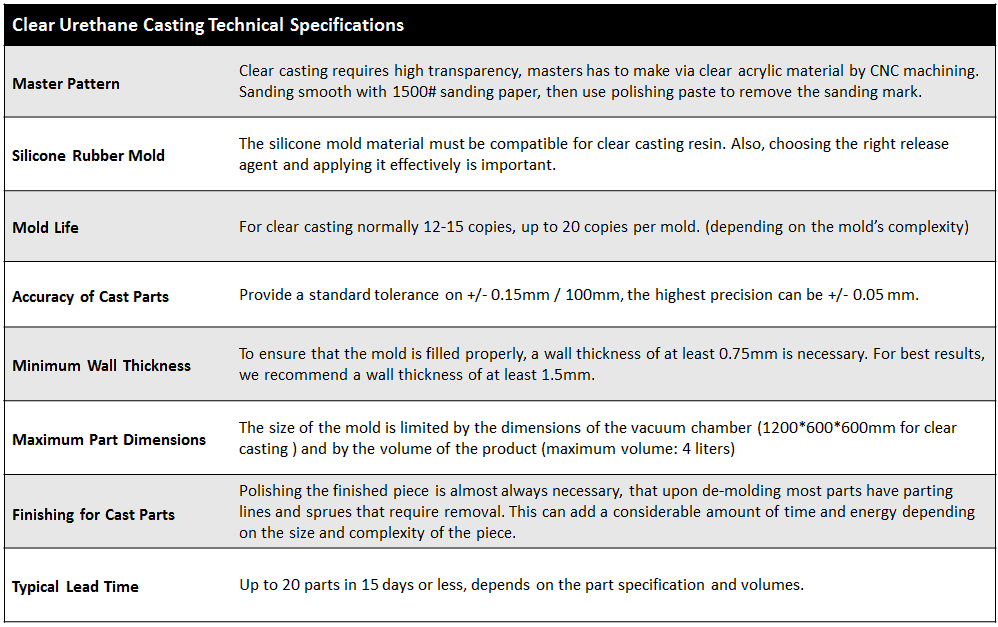
Rapid Tooling For Transparent Parts
Rapid injection molding of clear plastics allows the use of expected materials and end production techniques, achieving Class A surface finishes when manufacturing injection molded optics and clear parts using materials such as PMMA and PC. If you need as few as 100 or more than 10,00 clear plastic parts to test small batch production, then we recommend express rapid aluminum tooling service, which means lower tooling costs and faster production.
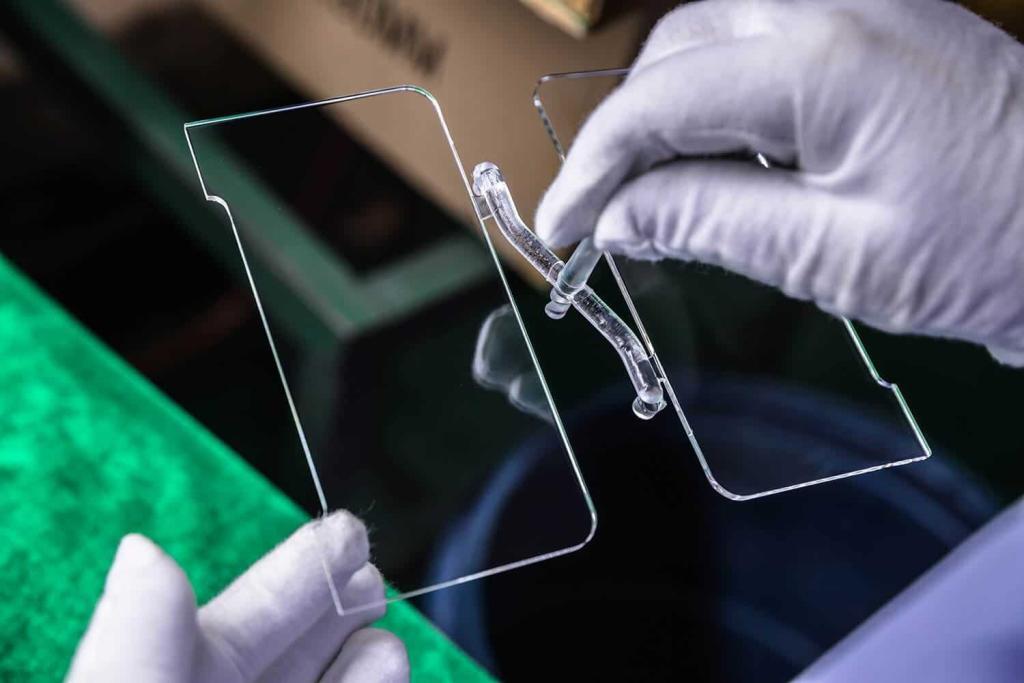
Optical Prototyping Applications - Automotive Lighting Optics
AN-Prototype has been committed to expanding its knowledge and experience in manufacturing optical components, and has the ability and successful cases to manufacture automotive lighting components. Our proactive, flexible manufacturing processes support automotive lighting development projects at every level. From mechanical component design review and photometric development engineering testing to showcasing automotive lighting project lights. We have mastered the methods of the best automotive lighting prototyping, ensuring that we provide the best automotive lighting prototyping services to all our clients.
Among them, the manufacturing process of lamp lens and light guide is a key area of automotive lighting prototype, because it significantly affects the balance of vision and usability. Our experience in the field of automotive prototyping ensures that we give this area our full attention and work with our customers to ensure their fitment and finish requirements. With the latest diamond machining technology, 4, 5 axis CNC machining, or even single point diamond machining (SPDM or SPDT), it can ensure a minimum machining tool radius of 0.1mm to create the details of these optical surfaces and areas. The prototype surface tolerance can reach +/-0.02mm. With the polishing process, the best transparency and light transmittance can be achieved. The final optics are very precise and have excellent optical quality without any marks or scratches. We are able to manufacture automotive lighting prototypes of any complex shape with various shapes of outer lenses, inner lenses, reflectors, light pipes, planar rails, large rails, etc.
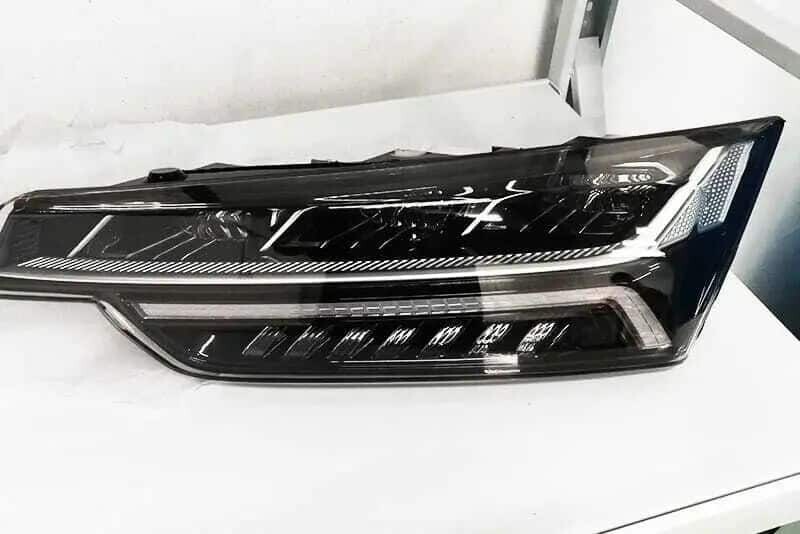
Gallery of Optical Prototypes


